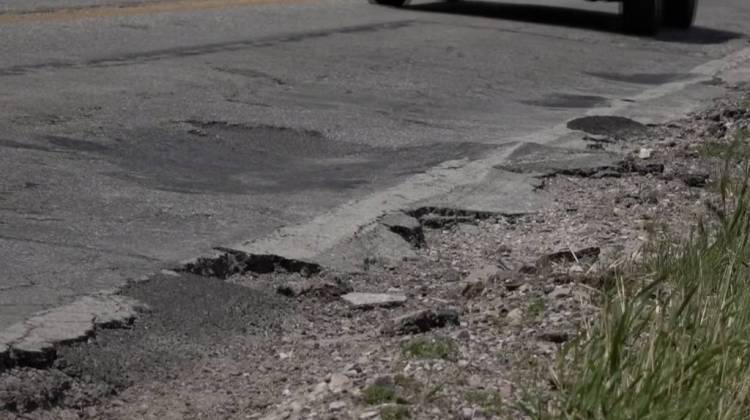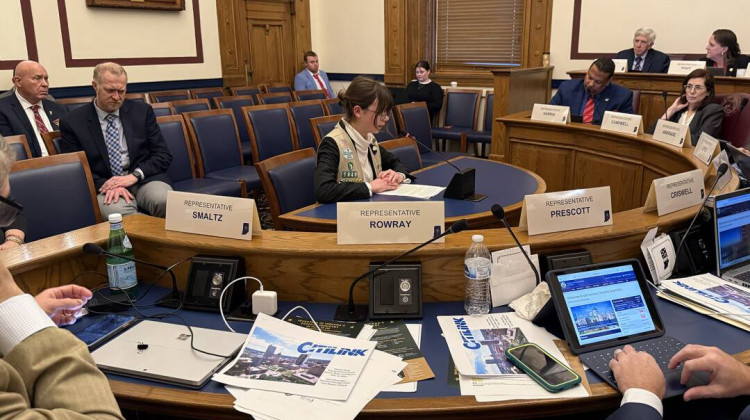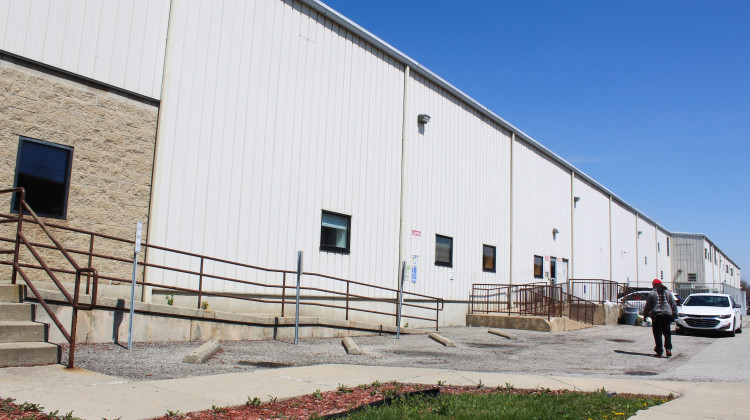Toxic blooms of cyanobacteria have been forming on Lake Erie for several years now.
A kind of cyanobacteria called Microcystis produces a toxin that can hurt pets and make the water unsafe to drink. Back in 2014, Toledo had to shut down its drinking water supply because of the toxin.
The states around the lake – and Ontario - are working to cut back on phosphorus. It’s a nutrient that runs off from farms and wastewater treatment plants and makes those toxic blooms grow like crazy.
The Great Lakes Commission just launched a new pilot program with Indiana, Michigan, Ohio and Ontario. It’ll be a trading program for phosphorus, and they’re calling it the Erie P Market.
Nicole Zacharda is a program manager with the agency.
"It’s a market-based system of buyers and sellers. So the buyers are generally traditional dischargers of treated wastewater, so you can think of, for example, a municipal wastewater treatment plant. The sellers in our project will be farmers, so what they would do is install conservation measures to keep more nutrients on the land where they really need them to grow crops, and out of Lake Erie," she says.
So, let's say a wastewater treatment plant hits the limit of what they can do with existing technology, but it still needs to cut the phosphorus it's releasing into the lake.
"Then in a water quality trading market, that buyer, the sewage treatment plant, could purchase the reductions they need from a seller nearby in agriculture," she says.
Zacharda says one of the key things about a water quality trading program is making sure you're actually cutting pollution.
"There’s been a lot of folks quite reasonably questioning water quality trading around the country. So for us, the most important outcome of our trading project is that we end up with less phosphorus in the water," she says. "And we make that happen by assuring that if a farmer reduces one pound of phosphorus, that isn’t equal to one credit that is traded on the market. The seller has to reduce more than what the buyer will actually use, so we aren’t just moving pollutants around from point A to point B. It has to be less, otherwise, why bother?"
 DONATE
DONATE








 Support WFYI. We can't do it without you.
Support WFYI. We can't do it without you.